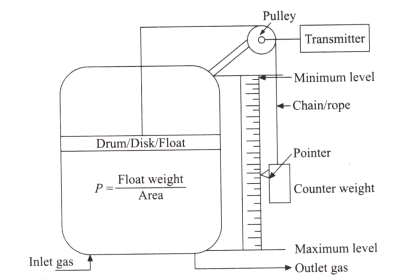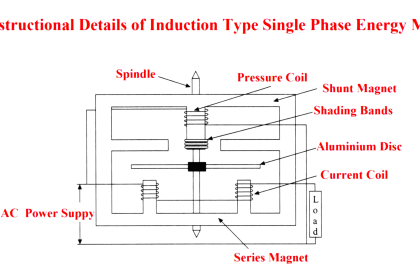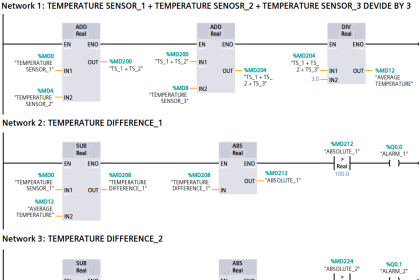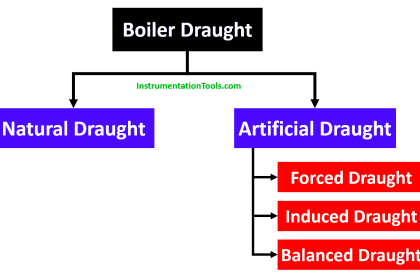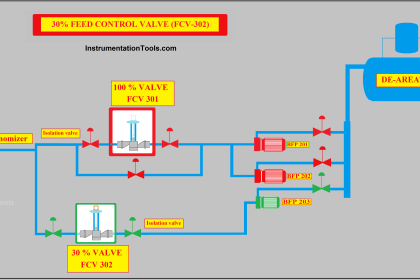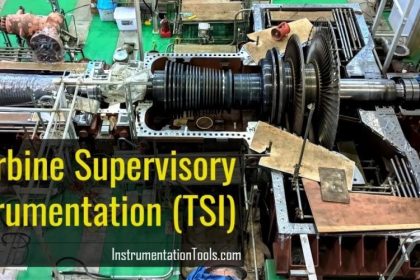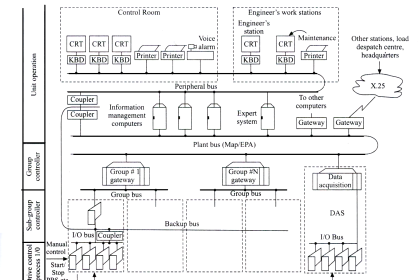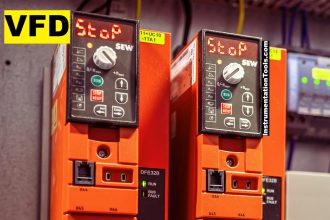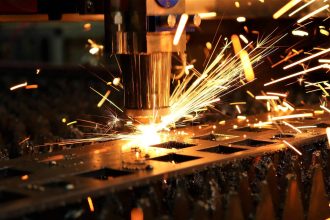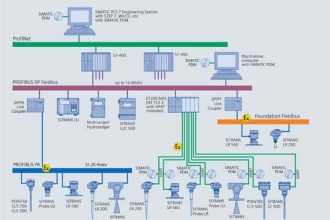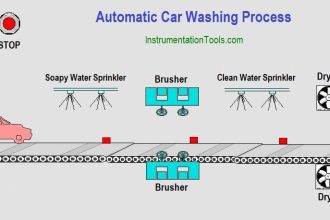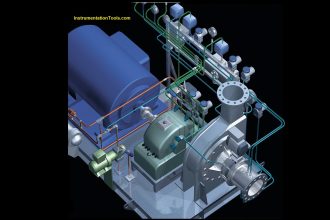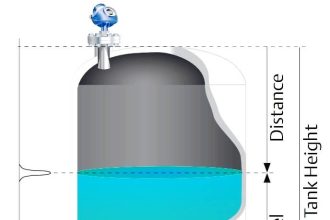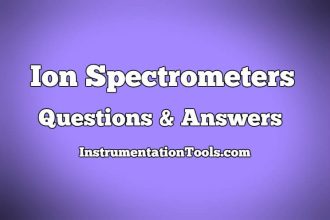Air Preheaters (APH) are shell and tube type heat exchangers used to pre-heat the combustion air that is fed to boilers or furnaces for fuel combustion by F.D. (forced draught) fans.
The primary goal of an air preheater is to extract waste heat from the flue gases that exit the boiler.
It is also necessary to supply combination air that has been preheated to a higher temperature in order to maintain the temperature of the burning fuel.
How do Air Preheaters (APH) Work?
The exhaust heat from the flue gases is transferred to the air when they come into indirect contact with each other in air preheaters, which have a shell and tube construction.
Air preheaters are made up of a shell with tubes arranged in a square or triangular pattern and welded to a tube plate. Depending on the operation and the ease of cleaning.
Flue gases and air can be allowed to travel on either the shell or tube side.
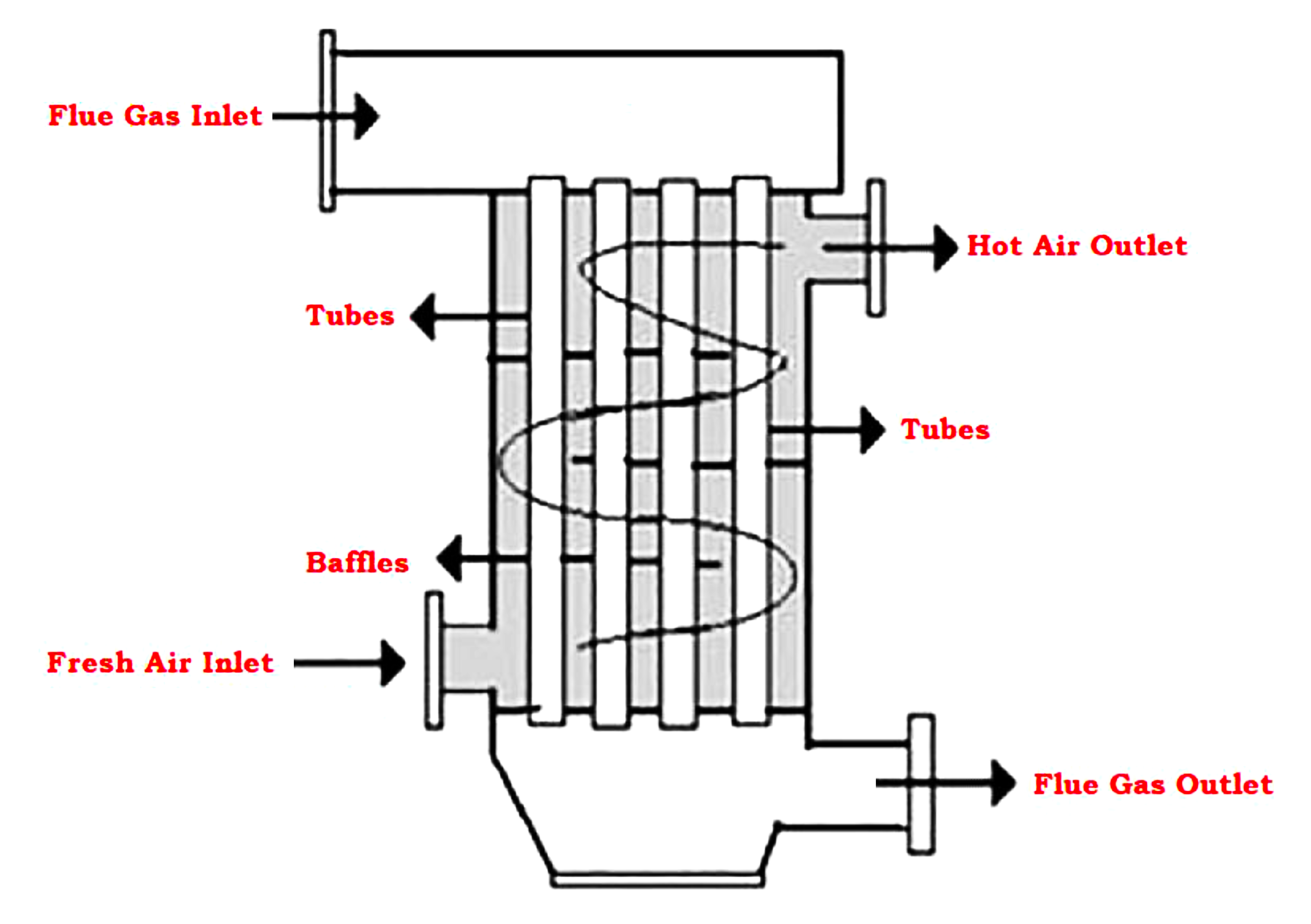
Types of Air-preheaters
Air preheater is classified into two categories.
- Re-Cuperative Air Preheater
- Re-Generative Air Preheater
Re-Cuperative Air Preheater
Tubular air heaters are a type of regenerative air preheater. A static air heater is another name for a recuperative air heater. These air preheaters have a completely enclosed rectangular box construction and are made up of several straight tubes connected by two thick end plates at the top and bottom.
The heating medium, flue gas, flows through the inside of the tubes, while the air entering the air preheater flows through the outside of the tubes via conduction.
The heat transfer surface of the air heater is large due to the very low heat transfer coefficient between the flue gas and air. Because they are of static construction, the risk of leakage through expansion joint access doors and casing is very low.
Due to the abrasive nature of Indian coal ash in flue gas, thin walls of tubes are prone to be eroded and punctured. Steel tubes with diameters ranging from 40 to 60 mm are commonly used, with flows flowing vertically down the tubes.
Re-Generative Air Preheater
Because of their compactness, regenerative preheaters are used in large-capacity boilers. In power plants, a tri-sector regenerative preheater is commonly used. This design allows a single heat exchanger to heat both primary air (which dries and transports coal from coal mills to the furnace) and secondary air (which is used for combustion at the furnace).
The dynamic type of air preheater is the regenerative type. It is constantly rotating about a vertical or horizontal axis. It is made up of a circular diaphragm-shaped structure that is divided into several sectors. Each sector is stacked with multiple basket blocks arranged in three tires. The baskets are filled with several corrugated sheets of metallic plates that are tightly packed together.
The sheets are assembled in such a way that each plant butts up against the other, while there are gaps through the corrugated shape for the passage of air or gas medium. One-half of the air preheater will be exposed to the hot flue gas path, while the other half will be exposed to incoming air.
The ducting is designed in such a way that the air and flue gas paths are always kept separate, and each half of the air preheater elements is exposed to flue gas and air alternately. When the air preheater element is exposed to both flue gas and air. When the air preheater continues to rotate, the hot sheeting materials give away heat to the air passing through one-half of the baskets of corrugated sheets that are exposed to the flue gas path.
As a result, when the sheet elements rotate, they absorb heat from the flue gas and give it away to the air. Because the flue gas temperature is lower near the air heater’s outlet, there is a risk of corrosion. Sulfuric acid has a dew point of around 140 degrees Celsius. The exact dew point is calculated using the “verhoof equation,” which states that the dew point of sulfuric acid is determined by the partial pressures of SO3 gas and H2O water vapor in the flue gas.
SO3 gas, produced by the combustion of sulphur in the fuel, reacts with moisture in the flue gas to form sulfuric acid. As a result, the gas outlet end of the air heater is mostly corroded. This temperature is very low during low load, so the possibility of acid formation is greater. A time steam coil preheater is used to avoid this situation.
Factors influencing air preheater operation
- Corrosion at low temperatures
- Erosion
- Fire
- Fouling and plugging.
Location of the air preheater in a boiler
An air preheater is a type of intermediate accessory. It is located in the boiler’s final stage. An air preheater is installed between the economizer and the chimney to improve boiler efficiency.
An air preheater is commonly installed in the same location in every modern boiler.
Advantages of Air Preheater
The advantages of air-preheater are as follows.
- It is used to recover waste heat from flue gases emitted by boilers.
- It is used to warm up the fuel.
- Improves boiler efficiency by 2-3%.
- It has a faster payback period.
- The use of hot air improves the stability of the combination.
- The use of hot air intensifies and improves the intensity.
- Permission granted to burn low-quality coal.
- The furnace has a high heat transfer rate, requiring less heat transfer area.
- Because there are fewer unburned fuel particles in the flue gas, combustion, and boiler efficiency improve.
- Intense combustion allows for faster load vibration and fluctuation.
- In the case of pulverized coal combustion, hot air can be used to both dry the coal and transport it to the burners.
Disadvantages of an Air Preheater
The disadvantages of air-preheater are as follows.
- When equipment or accessories are placed in the path of flue gases, the flue gas pressure drops, increasing the size of the Induced Draft Fan.
- Air heaters are non-pressure components that will not allow units to be shut down due to corrosion of the heat transfer surface caused by lowering flue gas temperature.
If you liked this article, then please subscribe to our YouTube Channel for Electrical, Electronics, Instrumentation, PLC, and SCADA video tutorials.
You can also follow us on Facebook and Twitter to receive daily updates.
Read Next:
- Turbine Bypass System
- Boiler Light-Up Sequence
- Deaerator Control System
- Turbine Speed Control system
- Boiler Feed Water System
